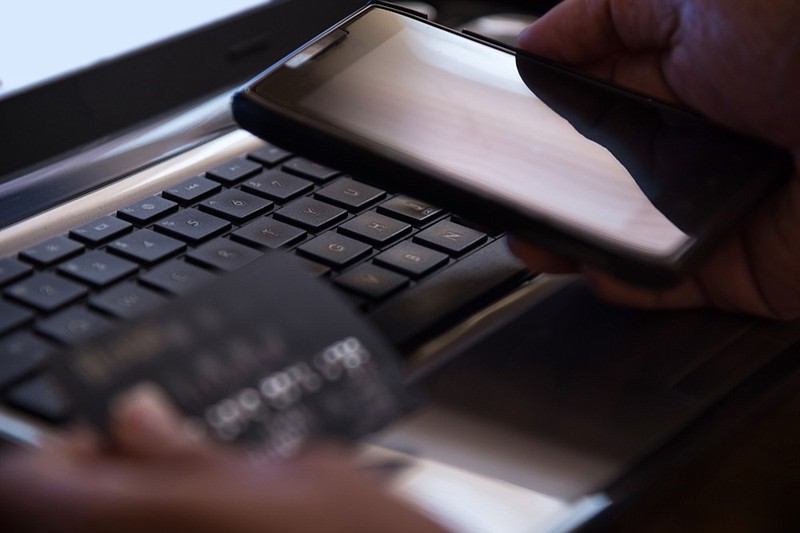I'd like to delete any old accounts but am not real sure how to do it. Any suggestions? – Catherine Careful
Dear Ms. Careful: First of all, I assume you mean accounts such as email and the like. If this is the case, my dear "friend" Consumer Reports contains a wealth of information advising readers and savvy consumers how to do just that.
Let's start with your email. Search all email accounts for phrases such as "welcome to," "new account," "password," and "confirm your email." These are messages received when we sign up for new services. Just be certain you don't purge every single one in the event you need to reset one account password to continue to receive info.
Search engines are equally simple to delete. For example, search for your favorite search engines by typing your name into Bing, DuckDuckGo, and Google. To be safe, also search by your name and all former email addresses as well. (DuckDuckGo is the best web search, according to Consumer Reports, because it doesn't build a user profile to show ads related to that query.)
Saved logins. For those of you who've allowed your browser to save usernames and passwords (a big no-no!), go to the archived list to find these old accounts. If a Chrome user, click on the three dots in the upper right-hand corner, then go to Settings and scroll down to password, then click.
Google and Facebook logins take a bit more time but are still pretty simple. Any app, website, or game you logged in using either are listed on these sites. When on Facebook, click the triangle of any page; then go to Settings and scroll to Apps & Websites. If on a Google page, click the grid icon near the top right and go to Account; scroll to Security and then to Signing in with Google.
Finally, specialized search tools can tell if any of your email addresses or passwords have been exposed in either a data breach or a service where you have an account. To determine this violation, go to the website Have I Been Pwned. To carry this objective a step further, any readers need to ascertain if their potential username is trademark infringement. Check out KnowEm or Namecheck.com.
It goes without saying that many of us often forget to delete accounts we don't use anymore. With identity theft the #1 consumer concern, it's imperative we understand what's out there about us on the World Wide Web. After all, companies are still trying to collect our personal info every single day and, worse, when any of them undergo a date breach, invaders can use our log-in data to try to sign in other accounts – and sometimes succeed.
Contact Ellen Phillips at consumerwatch@timesfreepress.com.
